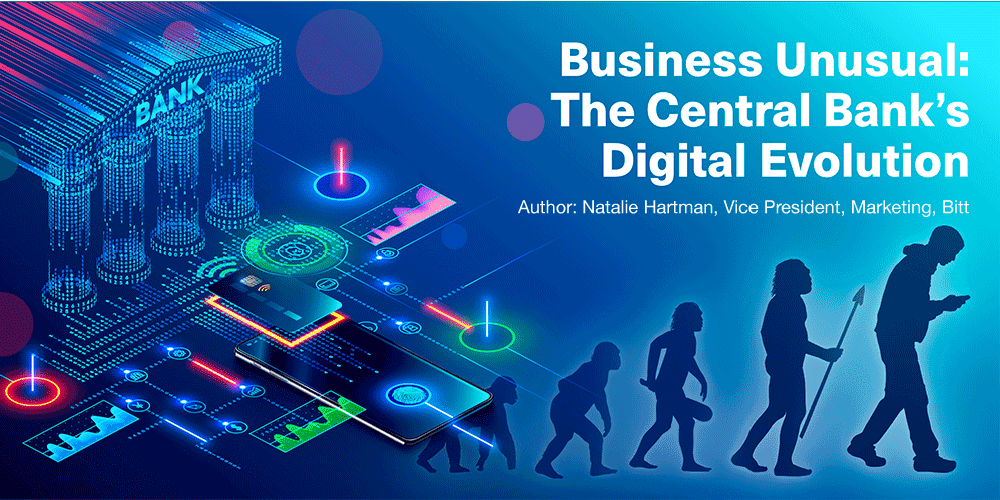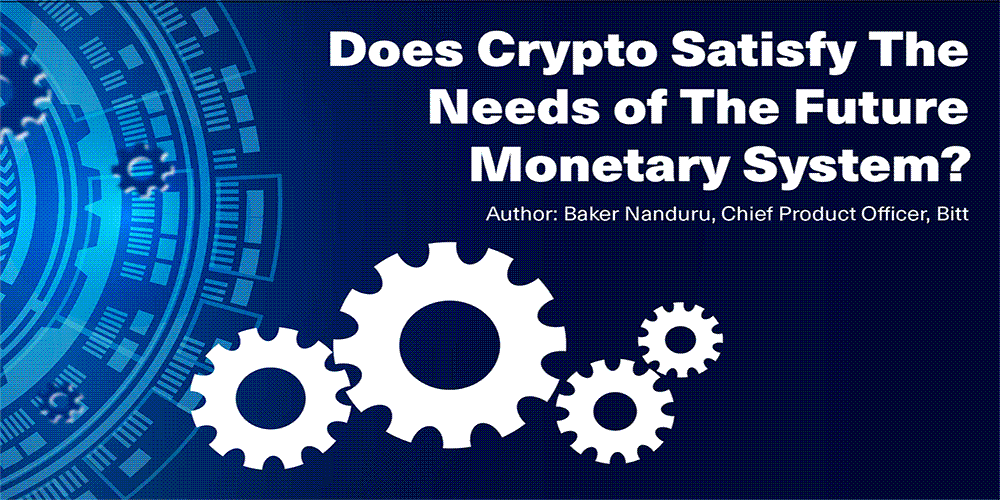Business Unusual: The Central Bank’s Digital Evolution

Central banks traditionally hold the role of regulators and policy makers. However, as the number of central bank digital currency (CBDC) pilots and deployments rise globally, central banks may have to refocus some of their resources on promoting digital currencies to the citizens of their countries.
Deploying a CBDC or stablecoin requires many components and disciplines other than just technology. Central banks must also consider broader organizational impact from the perspectives of program management, strategy, operations, marketing, and change management. Expertise in these areas, especially from a local perspective, could reduce time-to-market, delivery and roll-out risks, and ultimately ensure the success of the initiative.
The impetus to deploy a CBDC is unique to each country’s current and perceived future socio-economic needs. Whether wholesale or retail, the potential CBDC benefits outweigh the risks. Those who choose to embark on such a journey should understand that it is a long-term commitment that will require an ongoing budget and dedicated resources. To ensure a country’s monetary authority has considered all aspects of a CBDC project, it is often suggested that they first embark upon a pilot for an established period to test the efficacy of the project’s aims and goals before live deployment. To ensure a smooth pilot and deployment, central banks should consider working with a technology partner with experience in deploying a CBDC so that it is supported technically and operationally. Many central banks, leading the CBDC conversation, have solicited the services of advisory firms to support their research, proof of concepts, and deployments.
Working with experienced technology and advisory partners will ensure that all members of the financial ecosystem — particularly central bank staff, financial institutions, merchants, and end-users — have been thoroughly trained on the technology and its operational processes. For central bank, financial institution, and merchant staff, training should include how this new technology can integrate with their current role and processes. Training will also be an ongoing necessity as new features should be developed throughout a pilot or live deployment.
Building and deploying a CBDC is only half the battle. The project’s success hinges on adoption of the technology by the intended end-users. An experienced partner can help a central bank to refine their marketing strategy to ensure effective and efficient education of the specific target audience, with the right messaging via the right channels. Adaptable marketing strategies and initiatives should be continuous to reinforce the benefits, ease-of-use, and convenience of this new financial technology.
Innovative marketing strategies that culturally appeal to the citizens of the country should be utilized to promote the initiative. Additionally, all forms of content, especially radio (voice), video, and written, should be created to capture all segments of the population. Since central banks are seeking to attract as many licensed intermediaries as possible to integrate with the solution, primarily financial institutions and payment services providers, value-added functionality should be communicated to them. These functions and features are often unique in each economy and financial system. In some cases, cross-institutional settlement is a major benefit, while in others programmability of payments and advanced micropayment services may be required to attract such firms.
Incentive promotions can be used to encourage 1. Users to download and sign-up; 2. Increase habitual use; and 3. Use the technology to transact in higher amounts. These promotions can lower the assumed risk and reluctance of trying something new as the user will reap automatic rewards.
Developing these strategies and executing these initiatives require considerable time, effort, and experienced staff to manage the process. The art and science of marketing is oftentimes an understandable paradigm shift for apex organizations, like a monetary authority, that are more likely to be public relations experts. There are fundamental differences between communications and marketing. Neither one can be substituted for the other, especially when implementing a CBDC, regardless of the jurisdiction’s dynamics. Having developed and effectively marketed the world’s first synthetic CBDC (in a financially mature and complex market) and provided marketing guidance on CBDC pilots and live deployments, Bitt is uniquely qualified to provide operational support to central banks.
As we continue to roll-out our Digital Currency Management System (DCMS) across the globe, we gain valuable experience and traction in optimizing our solution and communicating the significant and diverse value propositions to end-users.




